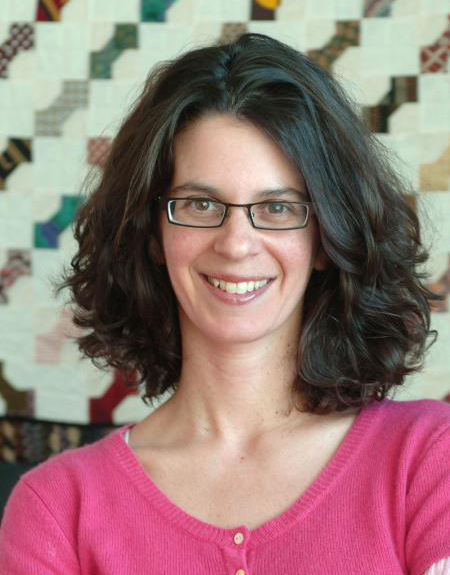Woods Hole Sleuthing Leads to Unusual Bacterium – and Propels a Career in Science

When Dianne Newman was a teaching assistant for the MBL Microbial Diversity course in 1998, little did she know the experience would launch her into several years’ worth of scientific inquiry. Fast forward to today: Newman co-directs the course and is on the faculty at California Institute of Technology.
 Dianne Newman, co-director of the MBL Microbial Diversity course and Gordon M. Binder/Amgen Professor of Biology and Geobiology at Caltech. Credit: Donna Coveney, MIT
Dianne Newman, co-director of the MBL Microbial Diversity course and Gordon M. Binder/Amgen Professor of Biology and Geobiology at Caltech. Credit: Donna Coveney, MITThat summer in Woods Hole, Newman led a group of students on a quest to find a bacterium that uses a form of arsenic called arsenate for energy (an arsenate-reducing bacterium). She chose the simplest way to find it. Since arsenic was used as a wood preservative, Newman looked for the bacterium at the wooden piers in Eel Pond on the MBL campus.
“We wanted an organism that is easy and fast to grow, and that can also respire arsenate. That is why we went to the air-water interface [at the pier],” says Newman, who at the time was a postdoctoral scholar at Harvard Medical School.
The team took samples back to the lab and fed them arsenate and lactate to enrich for arsenate-reducing bacteria until they were sure they had a pure culture. The isolate turned out to be a new strain of Shewanella that Newman later named ANA-3, for the three Ana’s involved in its isolation and characterization (Joanna Levitt, Anabel Anton, and Ana Cifuentes).
The strain sat untouched in a freezer for two years until Newman became an assistant professor at Caltech. Newman’s first postdoctoral scientist, Chad Saltikov, resurrected the strain and began to decipher its molecular intricacies.

At the time, scientists knew that bacteria combated arsenic toxicity by converting it from arsenate to arsenite, which can be pumped out of the cell. When Saltikov eliminated the entire detoxification system from Shewanella sp. strain ANA-3, it was still able to convert arsenate to arsenite, hinting that there was another enzyme that could do this conversion. However, the arsenite had nowhere to go without the pump.
Saltikov began to look for this other enzyme. Luckily, he found out that the gene next to the bacterium’s arsenic detoxification genes resembled a reductase, something that could transform arsenate to arsenite. When that gene was deleted from the genome, the cell could no longer grow on arsenate. He had found the arsenate reductase.
The arsenate reductase turns out to be part of a protein complex that contributes to generating the cell’s energy stores and is found in all arsenate-respiring bacteria. Newman had achieved her goal of understanding what controls arsenate reduction at the molecular level. Last year, Newman received the National Academy of Sciences 2016 Award in Molecular Biology, whose citation mentions this discovery.
Newman’s search for an arsenate-reducing bacterium is a perfect example of how an MBL course can have a far greater reach than first anticipated. Discoveries made during MBL courses have followed young scientists around the world, providing a smorgasbord of scientific questions – and momentum for many careers